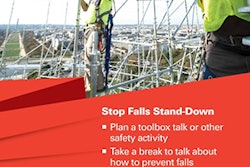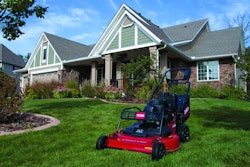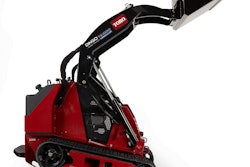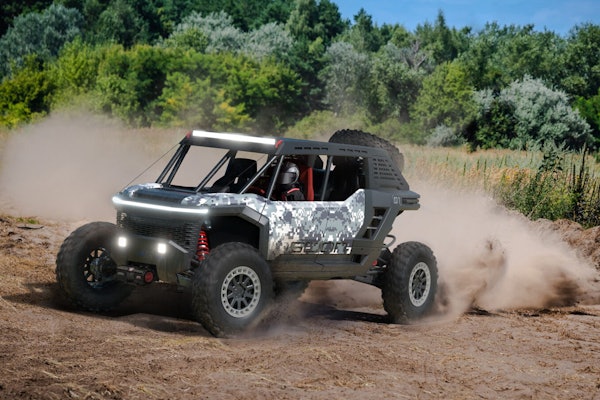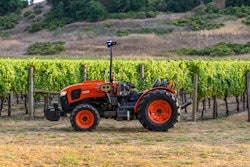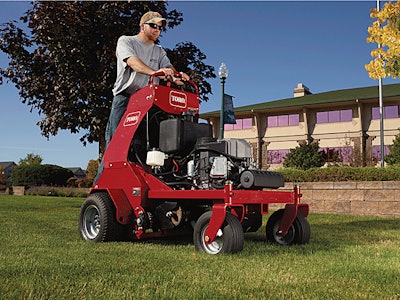
If you’ve had issues with thatch or compacted soil on site, here are some basic tips and advice on dethatching and aeration from The Grounds Guys and Clemson University Extension.
Definitions:
- Thatch – thick, interwoven mat of living and dead materials that accumulate on the soil’s surface where grass grows faster than it decomposes.
- Compacted soil – First four inches or so that’s slowly pressed together from foot traffic.
How to dethatch:
- Late spring or early fall are peak times to dethatch. Mow to a low height.
- Select a mechanical dethatcher or thatching rake with thick blades.
- If thatch doesn’t have fertilizer or pesticide on it, compost it, then water the lawn.
- Make sure to avoid sprinklers or buried cables.
How to aerate:
- Late spring or early summer is the best time to aerate. Moist soil is best, so wait for a good rain or watering before aerating. You’ll know it’s too wet if it sticks to your shoes but is just right if you can penetrate the ground with a screwdriver without much resistance.
- Ideal warm-season grasses are Bermuda, Buffalo and St. Augustine.
- Ideal cool-season grasses are ryegrass, Kentucky bluegrass and creeping bent. Aerate those in the fall.
- Be sure to use a specific pattern for even aeration.
Share with your customers why it’s important to dethatch and aerate:
- Thatch restricts oxygen levels in soil and slows the job of earthworms and other thatch-decomposing organisms.
- Compacted soil increases maintenance and pest issues
- Aerated and dethatched soil stimulates root growth by increasing oxygen, water and nutrient levels. Grass density will increase and water runoff’s reduced.
